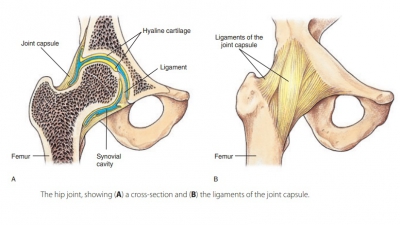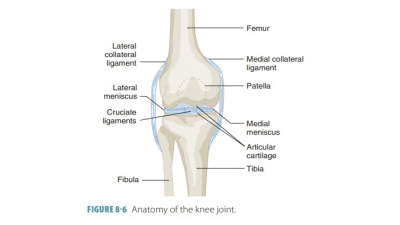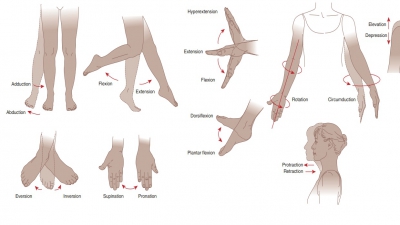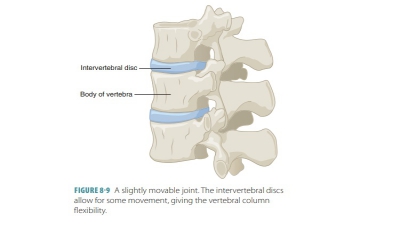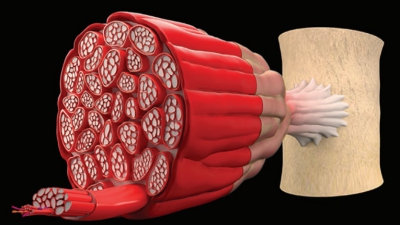Intervertebral Ligaments
| Home | | Anatomy and Physiology | | Anatomy and Physiology Health Education (APHE) |Chapter: Anatomy and Physiology for Health Professionals: Support and Movement: Articulations
The vertebrae are bound together and stabilized by many ligaments attached to their bodies.
Intervertebral
Ligaments
The vertebrae are bound together
and stabilized by many ligaments attached to their bodies. The intervertebral
ligaments are:
■■ The anterior longitudinal
ligament: Connecting anterior surfaces of adjacent vertebral bodies
■■ The posterior longitudinal
ligament: Connecting posterior surfaces of adjacent vertebral bodies
■■ The ligamentum flavum:
Connecting the laminae of adjacent vertebrae
■■ The interspinous ligament:
Connecting the spinous processes of adjacent vertebrae
■■ The supraspinous ligament:
Interconnecting the tips of spinous processes from C7 to the sacrum
The ligamentum nuchae extends from C7 to the base of the skull. It is
continuous with the supraspi-nous ligament. With aging, the posterior
longitudinal ligaments are often weakened. The nucleus pulposus, becoming
compressed, may distort the annulus fibro-sus to force it partially into the
vertebral canal, which is known as a slipped
disc. Although the disc does not really “slip,” in more severe cases the
nucleus pulpo-sus may break through the annulus fibrosus and also protrude into
the vertebral canal, which is known as a herniated
disc. Sensory nerves are then distorted by the mass, which may also
compress nerves passing through the nearby intervertebral foramen. The
inter-vertebral joints of the vertebral column can flex (bend anteriorly),
extend (bend posteriorly), flex laterally (bend laterally), or rotate.
